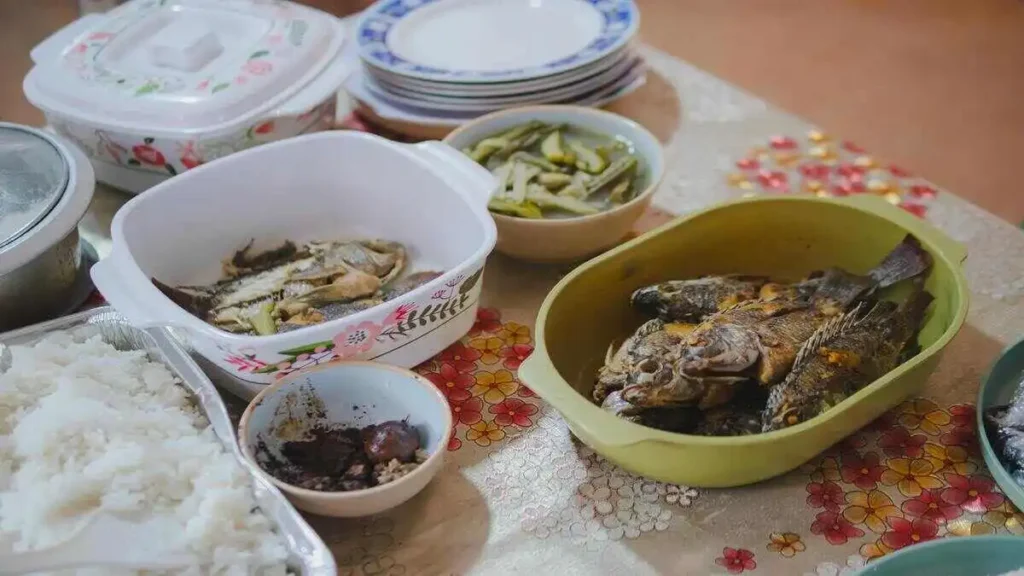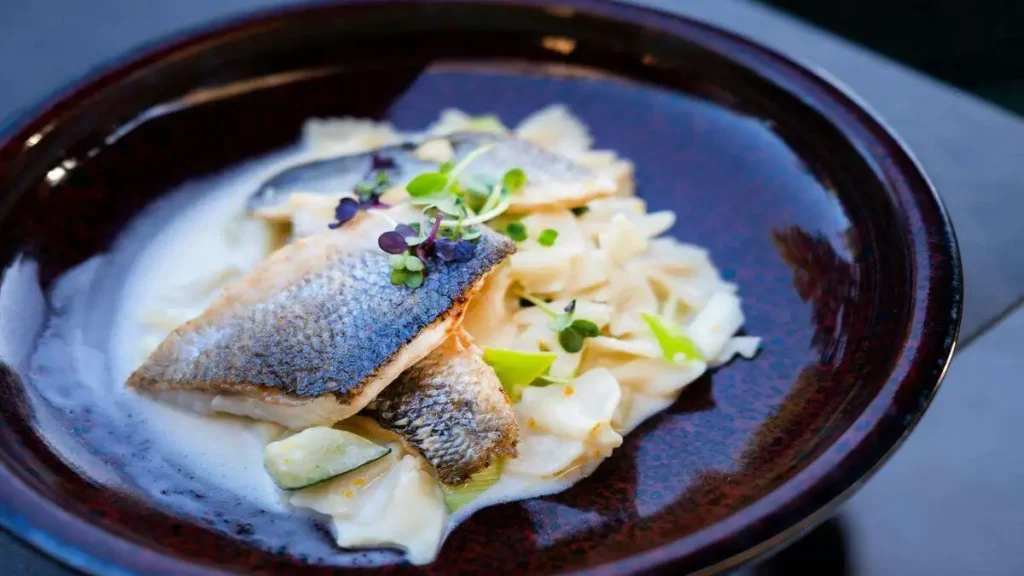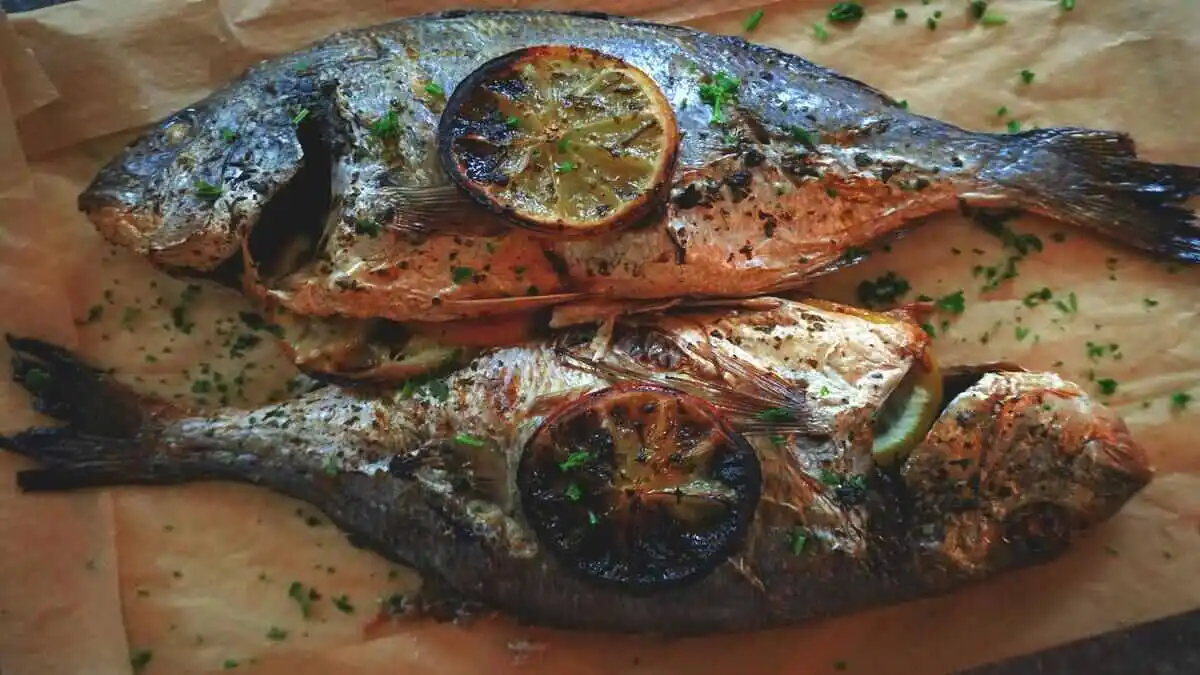Introduction
Fish are not just pets; they’re a beautiful addition to your home and deserve proper care, starting with what they eat. Homemade fish food is an affordable, healthy, and customizable alternative to store-bought products. Whether you have a tank full of guppies or a solitary betta, creating your own fish food is easier than you think.

Understanding Fish Dietary Needs
Before you dive into making fish food, it’s important to know what your fish eat. Fish have varied diets, and understanding their dietary needs will ensure they get the nutrition they require.
Carnivorous Fish Diet
- Carnivorous fish like bettas and cichlids thrive on a diet rich in proteins. Ingredients such as shrimp, fish, or chicken are excellent for these species.
Herbivorous Fish Diet
- Herbivorous fish, such as plecos and many goldfish, require plant-based foods. Think spinach, zucchini, or peas.
Omnivorous Fish Diet
- Most tropical fish, like guppies and mollies, fall into this category. They enjoy a balance of proteins and vegetables.
Ingredients for Homemade Fish Food
Making fish food at home allows you to choose fresh, nutrient-rich ingredients tailored to your fish’s needs. Here’s what you’ll need:-
Protein Sources
- Cooked fish fillets (salmon, tilapia, or cod).
- Fresh or frozen shrimp (peeled and deveined).
- Hard-boiled egg yolks for added nutrition.
Vegetables
- Leafy greens like spinach and kale.
- Blanched peas, zucchini, or carrots.
- Spirulina powder for plant-based protein.
Additional Supplements
- Gelatin or agar-agar to bind ingredients.
- Vitamin supplements (optional).
Tools and Supplies You’ll Need
- Blender or Food Processor: To mix and puree ingredients.
- Silicone Molds: For shaping the food into bite-sized pieces.
- Freezer Bags or Containers: For storage.
Pro Tip: Keep your workspace clean and sanitized to avoid introducing bacteria into your fish food.
Step-by-Step Guide to Making Fish Food
Step 1: Preparing Protein-Rich Ingredients
- Cook the fish or shrimp lightly (boil or steam) to ensure they’re easy to blend.
- Remove bones and shells to avoid any choking hazards.
Step 2: Blending Vegetables and Supplements
- Blanch your vegetables to soften them for blending.
- Add the cooked protein, vegetables, spirulina powder, and a bit of water to your blender. Blend until smooth.
Step 3: Shaping and Storing the Fish Food
- Mix in gelatin or agar-agar while the mixture is warm to bind it together.
- Pour the mixture into silicone molds or spread it on a flat tray.
- Freeze for at least 2-3 hours before cutting into small portions.
Variations Based on Fish Type
For Goldfish
- Use more plant-based ingredients like peas, spinach, and carrots.
For Betta Fish
- Increase protein content with shrimp, chicken, or fish.
For Tropical Fish
- Maintain a balance of proteins and vegetables. Add a pinch of spirulina for added nutrition.
Storage and Feeding Tips
- Store fish food in airtight containers or freezer bags in the freezer.
- Use small portions and defrost them before feeding.
- Feed your fish 1-2 times a day, offering only what they can consume in 2-3 minutes.
Benefits of Homemade Fish Food
- Healthier Fish: Fresh ingredients mean better nutrition and healthier, more vibrant fish.
- Cost-Effective: Making fish food at home is cheaper in the long run.
- Customizable: Tailor the recipe to your fish’s dietary needs, ensuring they get the perfect balance of nutrients.
Potential Risks and How to Avoid Them
- Contaminated Ingredients: Always use fresh, clean ingredients and cook them properly.
- Overfeeding: Too much food can lead to obesity and water contamination. Stick to small portions.
Why Homemade Fish Food Is Gaining Popularity
- Aquarists worldwide are turning to homemade fish food because it allows them to take control of their fish’s diet. By avoiding preservatives, fillers, and artificial ingredients, homemade options are a healthier and more sustainable choice.

FAQs About Homemade Fish Food Recipes
- Can I feed homemade fish food to all types of fish?
- Yes, but you’ll need to adjust the recipe to meet specific dietary needs.
- How long does homemade fish food last?
- Frozen fish food can last up to 3 months.
- Can I skip using gelatin or agar-agar?
- Gelatin is optional but helps bind the food for easier feeding.
- What vegetables are safe for fish?
- Spinach, peas, zucchini, and carrots are safe and nutritious for most fish
